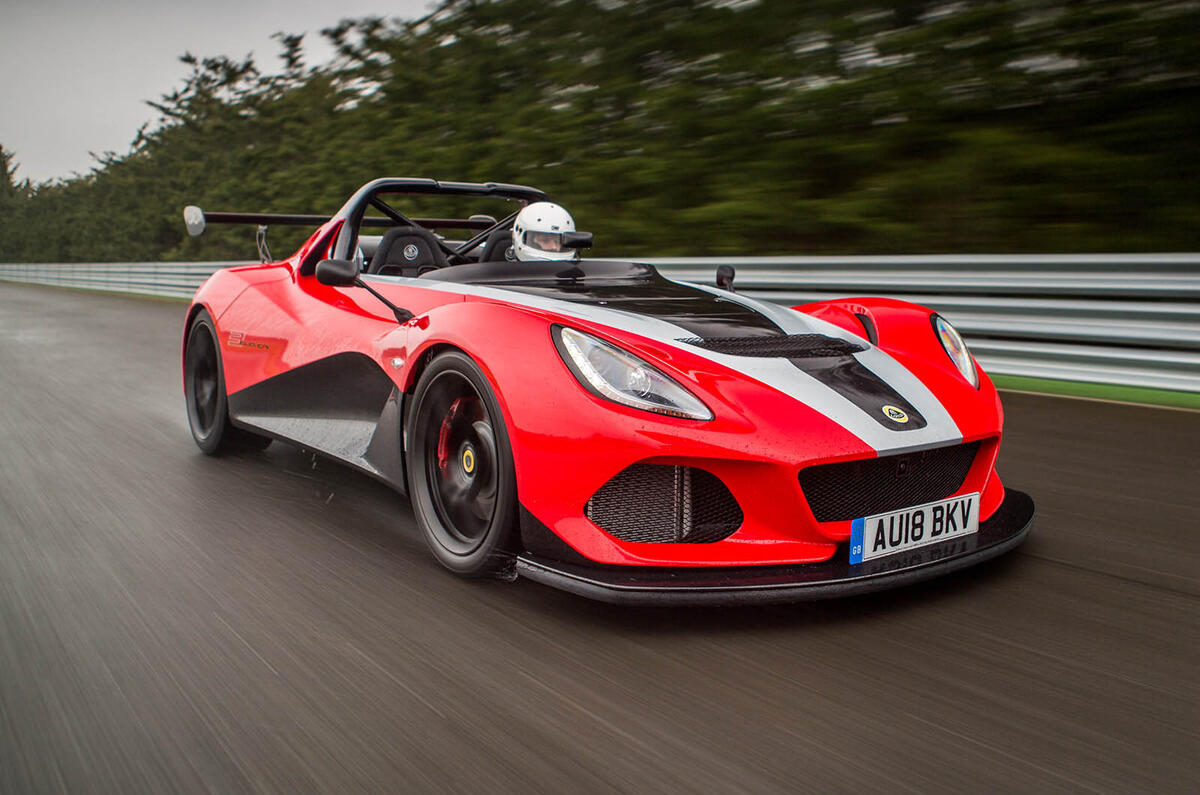After a debut at the Goodwood Festival of Speed in 2015, the Lotus 3-Eleven has been with us for less than three years. Now, with the 311-car production run coming to an end, Lotus has saved what should be the very best until last: the 3-Eleven 430.
If you’re familiar with Lotus nomenclature – it would be understandable if you weren’t, given the proliferation of recent models – then you will recognise the ‘430’ tag from the Lotus Exige and Evora. It denotes a maximum power output of 430bhp, making all three models with this version of the supercharged 3.5-litre Toyota V6 the fastest of their respective ranges.
For the 3-Eleven, it makes for the quickest Lotus produced yet. Its 1min 24sec lap time around the Hethel test track is nearly a second faster than the equivalent Exige, which held the record not so long ago. That power gain – plus a torque increase from 302lb ft to 325lb ft – tells only part of the story, though. The weight reduction for this 3-Eleven 430 is just a bit-part player, because it only loses 5kg (thanks to new brakes and wheels).
The key advantage that this 3-Eleven holds, over both the ‘standard’ car and many others, is in aerodynamics. With the rear wing now mounted 50mm higher than before and including reprofiled end plates, plus the addition of a more aggressive front splitter, maximum downforce at the 180mph top speed is up 44kg to 265kg. Given that the vast majority of road cars actually generate lift at high speed rather than meaningful downforce, having more than a quarter of a tonne of it is some achievement.


















































